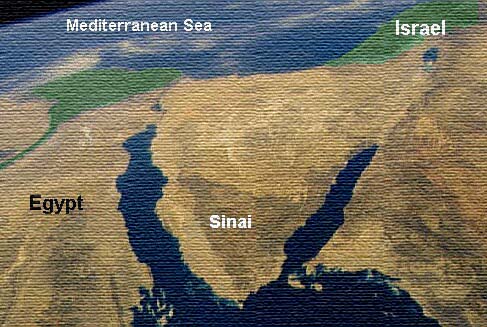Introduction to Bible Atlas
This is a first year DBI course. It is a survey of Bible Lands and People.
Course Outline
- Introduction to Course
- The Beginning
- Early Bible Lands & People
- Currencies, Measurements & Time
- Biblical Archaeology
- Relating Bible Lands to Today
- Journey’s of Abraham
- Journey's of Jacob & His Family
- Journey in the Wilderness
- The Land of Canaan
- The Law of the Land
- Minor Conflicts in Canaan
- Babylonian Empire
- Grecian Empire
- Roman Empire
- Early Spread of the Gospel
- Holy Land Today
Course Overview
Overview - What is Bible Atlas?
Bible Atlas will include the study of such topics as Biblical:
Nations, Persons, Archaeology, Geography, Politics, Measurements.
The people, places and events described in Scripture are not fictitious, but real and can be investigated through secular history, archaeology and cultural nuances as well as the Biblical text.
Course Purpose - Why do we study Bible Atlas?
We study Bible Atlas because it is the study of the very setting of Scripture. Much confusion concerning Biblical texts can be cleared up with a simple look at context and SETTING. Also, Scripture appears freshly practical and relative to us as we investigate its proper setting. How more inspiring it is to read Paul’s description of himself as a ‘bondservant’ knowing that he was voluntarily imprisoned that he might do the will of his Master! As a Roman citizen Paul had a right to make his appeal to Caesar and he used that privilege that he might have the opportunity to testify before the leader of the world’s greatest empire of Jesus. If Paul had not held fast to that right, he probably would have been merely dismissed by the Roman authorities as a mere nuisance.
Another example of a passage that comes to life when placed in the light of Bible Atlas is John chapter 4. Samaria was normally avoided through a circuitous route east of Jordan by Jews traveling from Judea to Galilee. Jews normally avoided Samaria because of the cultural tensions, but Christ purposely went through it. These details clarify Christ’s declaration that he must needs go through Samaria did directly relate to the need of a little woman and her city and not merely a practical statement of some mandatory traveling route. Also, Jacob’s well where Jesus met with the Samaritan woman is situated with Mount Gerizim in sight. (John 4:20)
Completing this Course - What do I have to do?
Each lesson is concluded with a set of Study Questions.; these questions should be completed before the start of the next lesson. There will also be sequential Quizzes covering the related Study Questions. There will be some memory of Scripture in this course and other assignments to be completed both in the classroom and at home.


No Comments